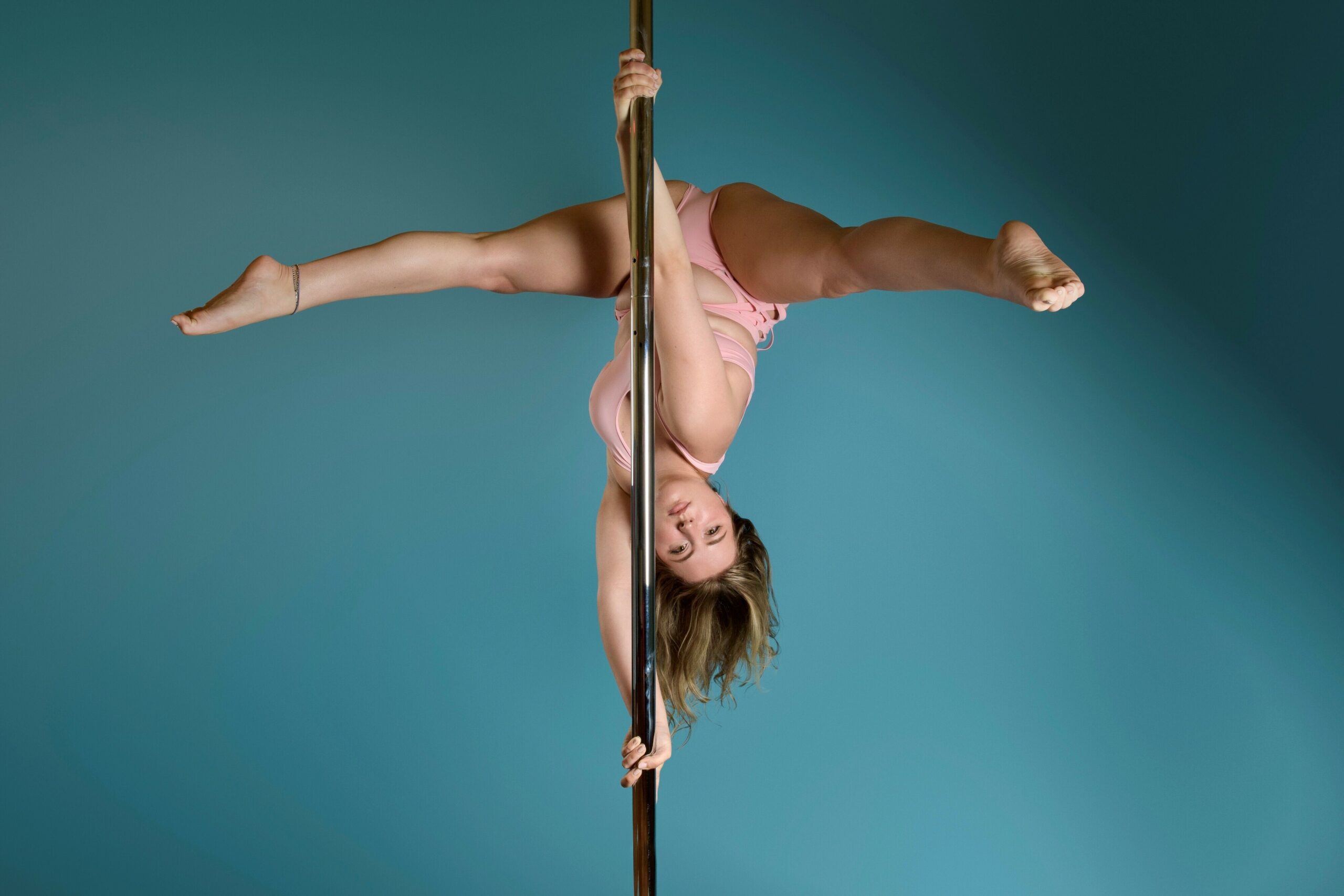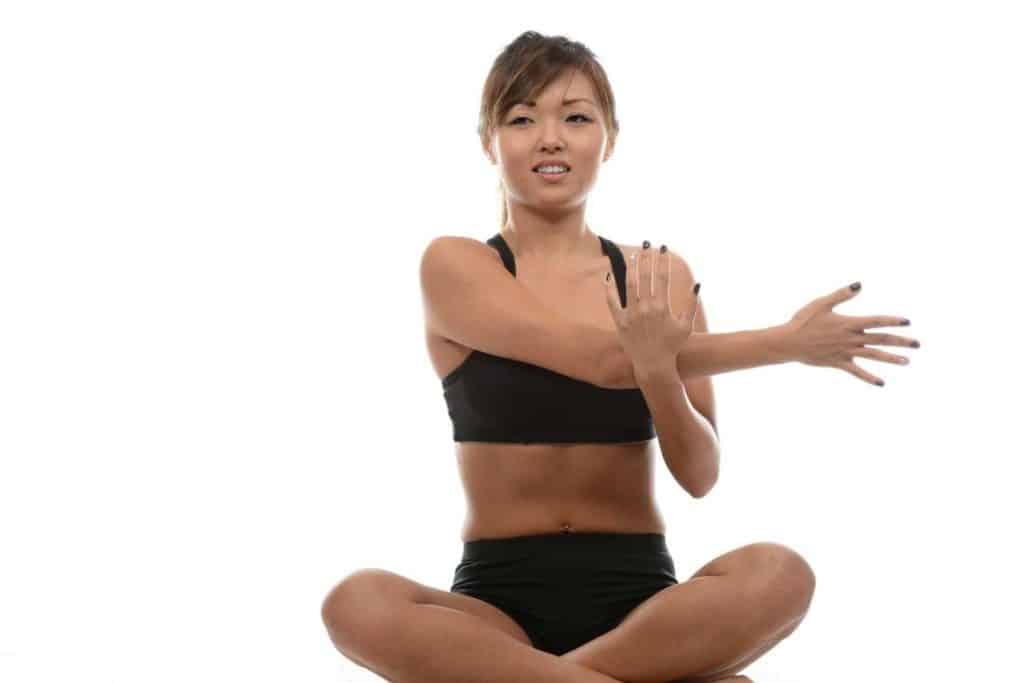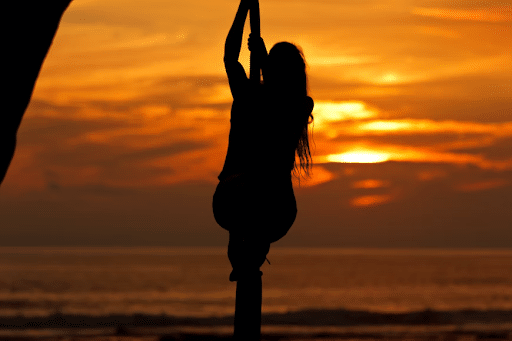Yoga on pole, a captivating fusion of yoga and pole dancing, has taken the fitness world by storm with its unique combination of strength, flexibility, and artistry. Beyond the physical benefits, yoga on pole also offers a space for creative expression, allowing practitioners to push the boundaries of movement and explore new possibilities. In this article, we will delve into the creative aspects of yoga on pole, examining how it provides a platform for practitioners to unleash their imagination, express their individuality, and break free from traditional notions of movement.
One of the most exciting aspects of yoga on pole is the opportunity for practitioners to unleash their imagination and explore new movements that go beyond traditional yoga poses. While yoga poses form the foundation of the practice, practitioners can infuse their own creativity and flair into their movements, adding unique twists, spins, and transitions. This creative freedom allows practitioners to break free from rigid movement patterns and explore new possibilities, combining the fluidity of yoga with the dynamic movements of pole dancing. For example, practitioners can experiment with flowing transitions between poses, creating their own sequences and choreography that reflect their individuality and style. They can also incorporate spins, inversions, and tricks on the pole, adding an acrobatic and playful element to their practice. This creative exploration empowers practitioners to move beyond their comfort zones, challenge their physical abilities, and discover new horizons of movement.
Yoga on pole also provides a platform for practitioners to express their individuality and personal style. Unlike traditional yoga, which is often characterized by a sense of uniformity and conformity in movements and sequences, yoga on pole encourages practitioners to embrace their uniqueness and express themselves freely. Practitioners can experiment with different grips, hand placements, and body positions on the pole, adding their personal touch to their movements. They can also incorporate their own music, costumes, and props, creating a performance that reflects their personality and artistic vision. This individual expression allows practitioners to break free from societal norms and expectations, and celebrate their own authenticity and creativity. It empowers them to embrace their uniqueness and use movement as a form of self-expression, promoting self-confidence, self-acceptance, and self-empowerment.
The creative possibilities with yoga on pole are endless, as practitioners can explore different themes, moods, and emotions through their movements. For example, practitioners can infuse their practice with sensuality and explore the sensual side of movement, incorporating graceful and fluid movements that celebrate the beauty of the body. They can also explore the playful and acrobatic aspects of pole dancing, incorporating spins, flips, and tricks that challenge their strength and agility. Furthermore, practitioners can experiment with different styles of movement, such as contemporary dance, ballet, or martial arts, and combine them with yoga poses on the pole, creating a unique fusion that reflects their artistic vision. This creative exploration allows practitioners to push the boundaries of movement and express themselves in diverse and multifaceted ways, adding depth and richness to their practice.
Yoga on pole also provides practitioners with a platform for self-exploration and self-growth. As practitioners delve into the creative aspects of the practice, they are encouraged to confront their fears, challenge their limitations, and push beyond their comfort zones. The process of creative exploration requires practitioners to cultivate self-awareness, body consciousness, and mental focus, as they experiment with new movements, transitions, and sequences. This self-exploration not only deepens their physical practice but also enhances their emotional and mental well-being. Practitioners learn to trust their bodies, listen to their intuition, and overcome self-doubt and fear of judgment. They also learn to embrace failure as an opportunity for growth and self-improvement, as they strive to improve their movements.




